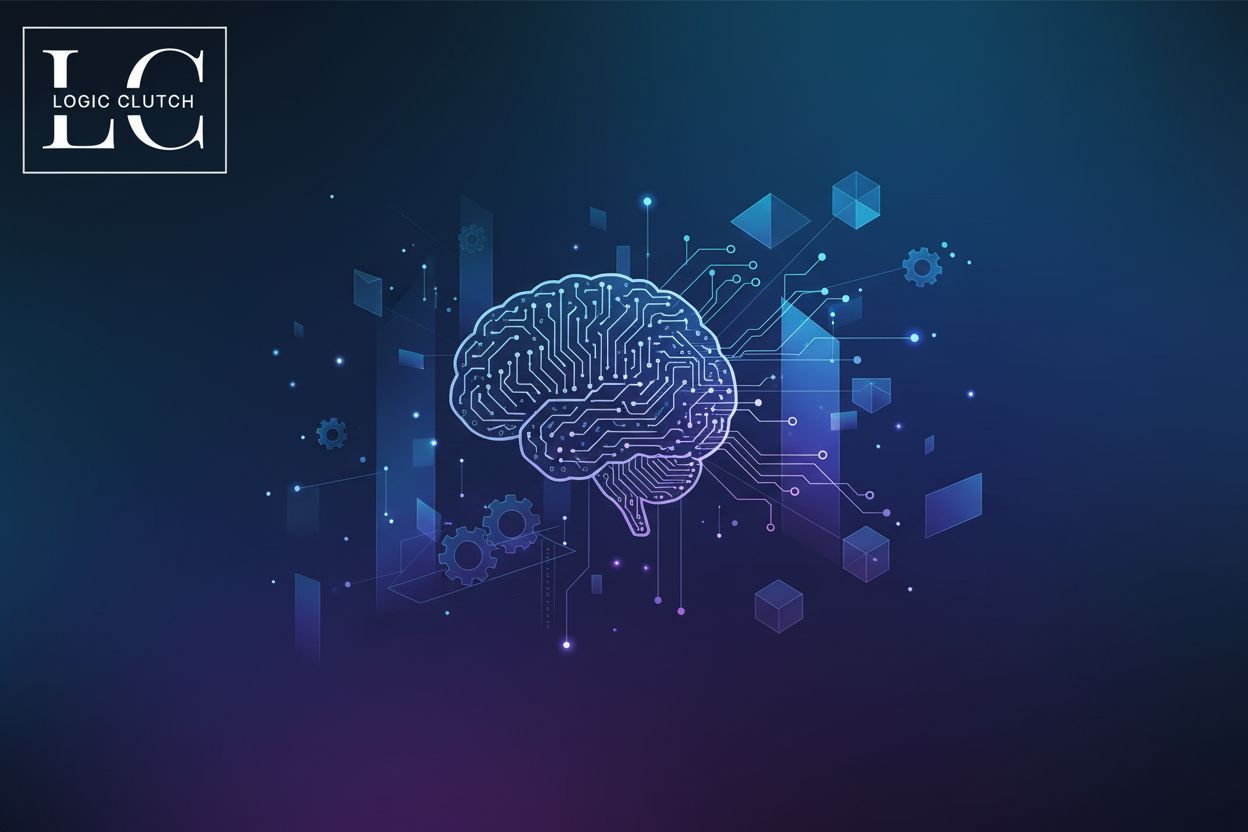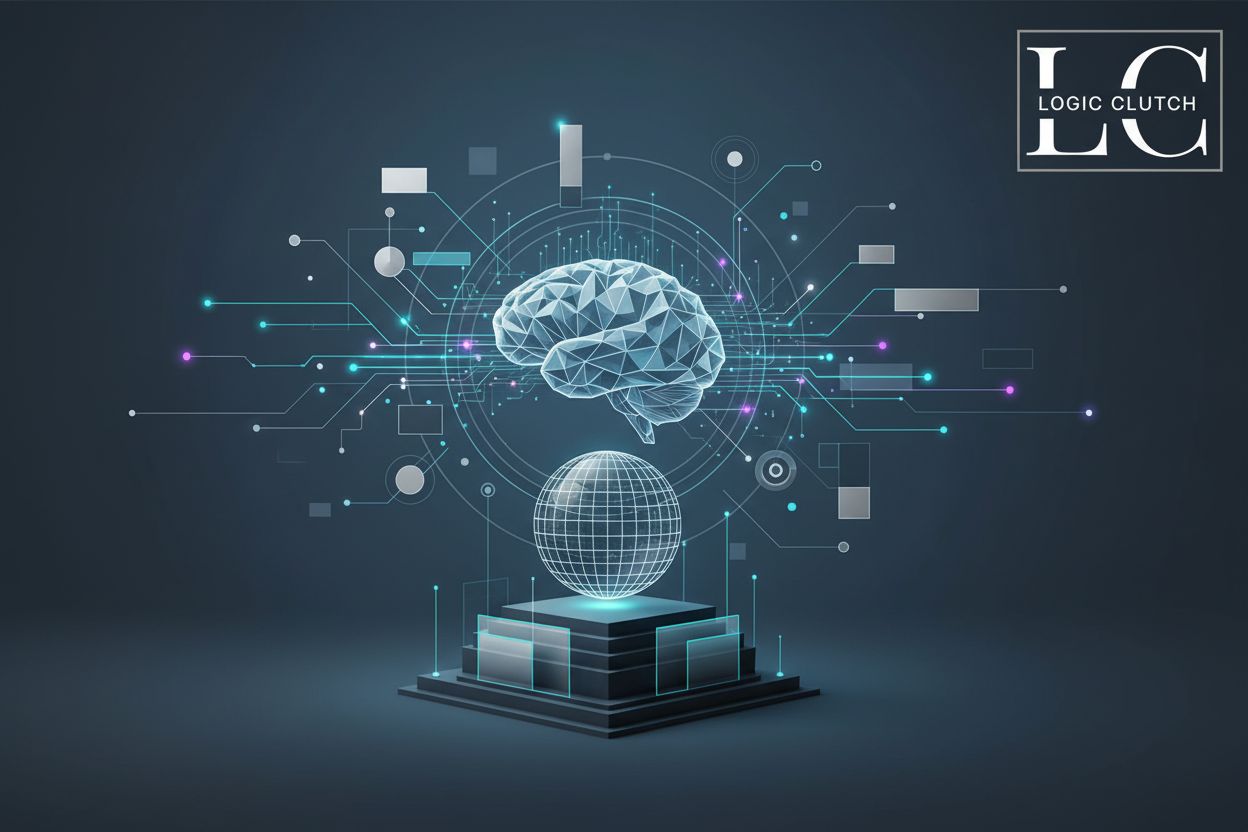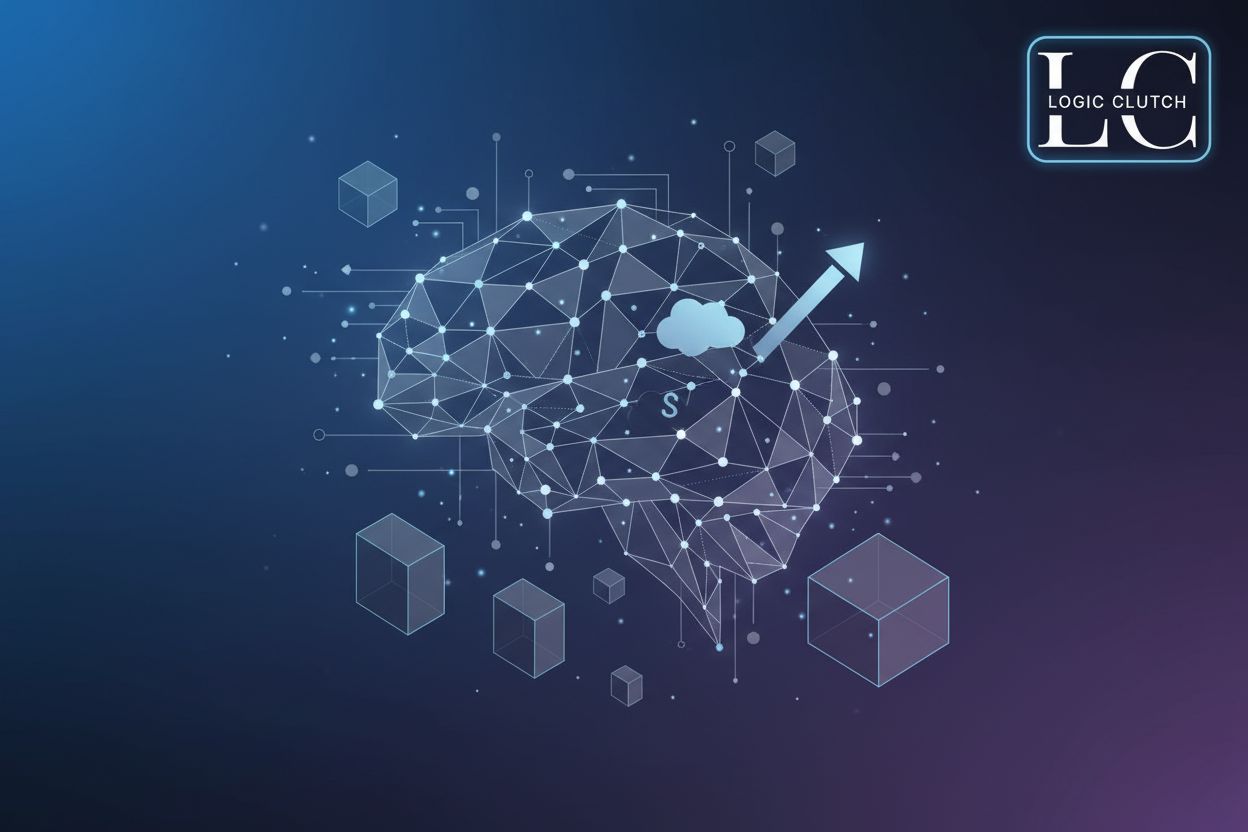Enterprise Cloud Data Hub Solutions for Enhanced AI Analytics
TL;DR
Introduction: The Convergence of Cloud Data Hubs and AI Analytics
Okay, so you wanna know how cloud data hubs and ai are, like, totally merging? It's kinda a big deal, honestly, because traditional data silos? forget about them; they're killing ai's potential because they are hard to get data from. (Data Silos Are Killing Your AI Strategy | Beyond the Prompt - Nasuni) Cloud data hubs act like the ultimate data buddy, bringing everything together for ai to play with. The payoff? better data quality, ai that scales, and insights that pop faster. It's all about making ai smarter, faster, and way more useful. Next up, we'll dive into why this is so crucial for your business.
Understanding Enterprise Cloud Data Hubs
So, what exactly is a cloud data hub? It's not just some buzzword, promise – it's a real, tangible thing that's changing how businesses wrangle their data. Think of it as your enterprise's central nervous system for data, but in the cloud. (Why You Need an Enterprise Data Platform | Mammoth Analytics)
- Data Ingestion: It's the starting point, right? Gotta get the data in there. We are talking about connecting all kinds of sources, like your crm, your erp, maybe even some data from "smart" toasters (iot, anyone?). Ingesting diverse data sources, including IoT, is crucial because it provides a more comprehensive and nuanced view of operations, customers, and markets, which is essential for training sophisticated AI models that can uncover hidden patterns and make more accurate predictions.
- Data Storage: Where's all this stuff gonna live? Scalable and secure is the name of the game. Data lakes, data warehouses – the whole shebang.
- Data Processing: This is where the magic happens, transforming that raw data into something usable. Cleaning, enriching, the works.
- Data Governance: No one wants a data free-for-all. Quality, security, compliance – think gdpr, ccpa.
- Metadata Management: Gotta know what you got! Cataloging and documenting your data assets is super important.
Enhancing AI Analytics with Cloud Data Hubs in Salesforce
Alright, let's talk about how to make your ai smarter with cloud data hubs in salesforce; it's like giving your ai a super-powered brain boost. Before we get into the specifics of Salesforce, remember that the general benefits of cloud data hubs—centralized data, improved quality, and scalability—are what truly empower AI analytics across any platform.
So, you've got all this juicy data in Salesforce, right? Leads, contacts, opportunities – the whole enchilada. But how do you get it into your cloud data hub so your ai can actually, y'know, use it?
- Salesforce apis are your friend. Seriously, they're the key. Use 'em to pull data out in a structured way; it's way better than trying to scrape it, trust me. Connectors can also help streamline this process, making it less of a headache. For example, pre-built connectors for Salesforce can automatically map fields, handle authentication, and manage data transformations, significantly reducing the manual effort and technical expertise required to integrate data with your cloud data hub.
- Data volume? oh boy, that's a big one, isn't it? think about incremental updates and smart filtering to avoid overwhelming your hub. also, cleaning and standardizing your data is critical.
- Consistency is key. You don't want your ai getting confused by conflicting information. Make sure data in your hub matches what's in salesforce; this can be tricky, but data governance policies and automated checks can help.
Now, for the good stuff: ai! With all your salesforce data neatly tucked into your cloud data hub, ai can really shine.
- Imagine a single view of your customer, pulled from sales, service, marketing – everything. That's what the cloud data hub gives your ai, so it can make smarter decisions.
- churn prediction, lead scoring, sentiment analysis – these are just a few use cases that get way better with a centralized data hub. Think about a retailer; they could use this data to predict which customers are most likely to jump ship and then target them with personalized offers.
- More data, cleaner data, consistent data – it all adds up to more reliable insights. ai is only as good as the data you feed it, so a cloud data hub is like giving it a gourmet meal instead of fast food.
Sounds good, right?
Implementation Strategies and Best Practices
So, you're diving into cloud data hubs and ai? Cool, but it's not just about slapping some tech together and hoping for the best. You actually need a plan, right?
First, you gotta sort out your data governance. Think of it as the rules of the road for your data. No one wants a wild west situation, trust me on this.
- You are talking about policies for data quality, security, and compliance. For example, a financial institution needs to make sure their data is gdpr compliant; otherwise, they're looking at major fines. This involves defining data ownership, establishing data validation rules, and implementing access controls.
- Healthcare is another big one; they have to think about hipaa and patient privacy. It can be a minefield, but it's worth the effort. This means anonymizing patient data where appropriate and ensuring secure storage and transmission.
Choosing the right tech is also important. Don't just jump on the bandwagon with whatever's trendy.
- You want to look at different cloud platforms – aws, azure, google cloud platform. They all have their strengths; some are better for certain workloads than others. For instance, AWS might offer a wider range of specialized AI services, while Azure might integrate more seamlessly with existing Microsoft enterprise tools.
- Consider open-source versus proprietary solutions. Sometimes, open-source can save you a bundle, but you need the in-house expertise to manage it. For example, using Apache Spark for data processing offers flexibility but requires skilled engineers, whereas a managed cloud service might be more expensive but easier to deploy and maintain.
Don't forget about the human side of things. I've seen projects fail because no one bothered to train the users.
- You have to address the org change. Some people are gonna resist new tech.
- Communicate the benefits. "Hey, this'll make your job easier," not, "the ai overlords are coming."
- Training is essential. you'd be surprised how many people don't know how to use the new systems. This could involve hands-on workshops, online tutorials, and ongoing support.
Next up, we'll look at some real-world examples of how this all comes together.
Real-World Applications and Case Studies
Ever wonder how companies actually use all this data hub and ai magic we've been yapping about? It's not just theory, folks! Let's get real.
Customer 360-Degree View: Imagine a bank ditching generic marketing for personalized offers based on your spending habits. That's the power of a unified customer view. Pulling in data from every touchpoint, from atm visits to mobile app usage; it helps them know you better than your own mom. This allows for hyper-targeted campaigns and improved customer service.
Predictive Maintenance and iot Analytics: Think about manufacturers using sensor data to predict when equipment will fail. Instead of waiting for a breakdown, they can schedule maintenance before things go south, saving big bucks on downtime. Aunalytics works with global manufacturing companies to achieve improved inventory efficiency and availability working with supply chain data.. For example, AI algorithms analyze vibration patterns, temperature fluctuations, and operational logs from machinery to identify anomalies that precede failure, often predicting issues days or weeks in advance.
Fraud Detection and Risk Management: Financial institutions are using ai to spot shady transactions in real-time, which protects both the bank and their customers. It's a never-ending cat-and-mouse game, but ai gives them a serious edge. For instance, AI models analyze millions of transactions, looking for patterns indicative of fraud, such as unusual spending locations, transaction amounts, or purchase frequencies. This can lead to a significant reduction in financial losses and improved security for customers.
So, that's a peek at how this plays out in the real world, from smarter marketing to fewer breakdowns.
Conclusion: Embracing the Future of Data-Driven Decision-Making
So, you've made it this far, huh? Hopefully, you're not totally overwhelmed by all this cloud data hub and ai jazz. Let's wrap it up in a nice, neat bow.
Cloud data hubs ain't just a fad; they're pretty much essential for enterprise ai to actually work, like, really work. We're talking about a robust data foundation that fuels smarter decisions. Kinda makes sense, right? Garbage in, garbage out – same applies to your ai.
Think of investing in a solid data hub as planting a tree; it takes time and effort, but the long-term payoff? Priceless. Better insights, faster innovation, and, ultimately, a competitive edge. It's about future-proofing your biz.
And speaking of the future, data-driven decision-making isn't some buzzword ceo's throw around in meetings – it's the new normal. I mean, who doesn't want to make decisions based on facts instead of gut feelings?
It's not all sunshine and rainbows, though. There's ethical considerations, too, like data privacy and avoiding bias in your ai algorithms; you don't want your ai to be a jerk, do you? It's crucial to be mindful of how data is collected, stored, and used to ensure fairness and prevent discrimination, which can have serious societal and reputational consequences.
So, what's the takeaway? Embrace the cloud data hub, build that solid data foundation, and get ready for a future where decisions are driven by data, not just hunches. It is not gonna be easy, but hey, nothing worthwhile ever is, right?





